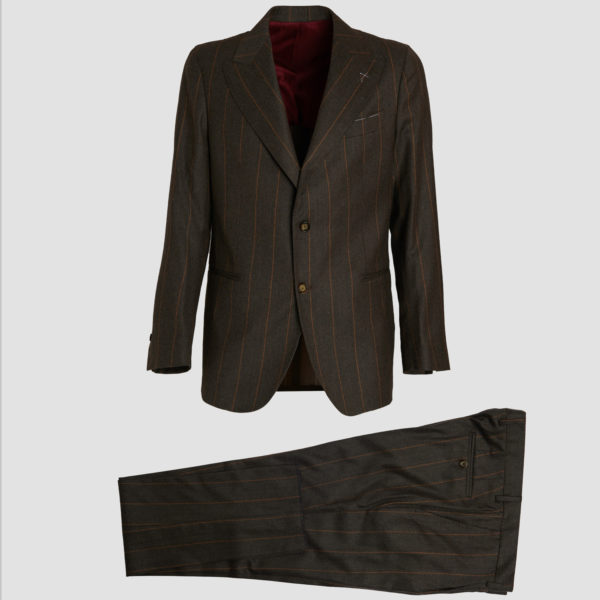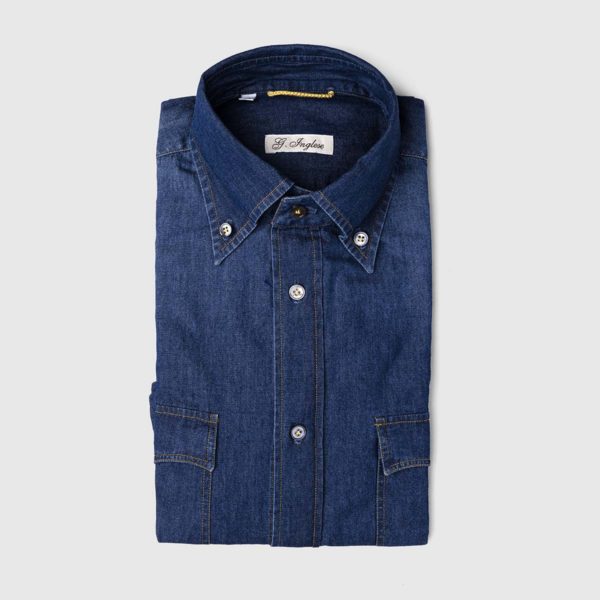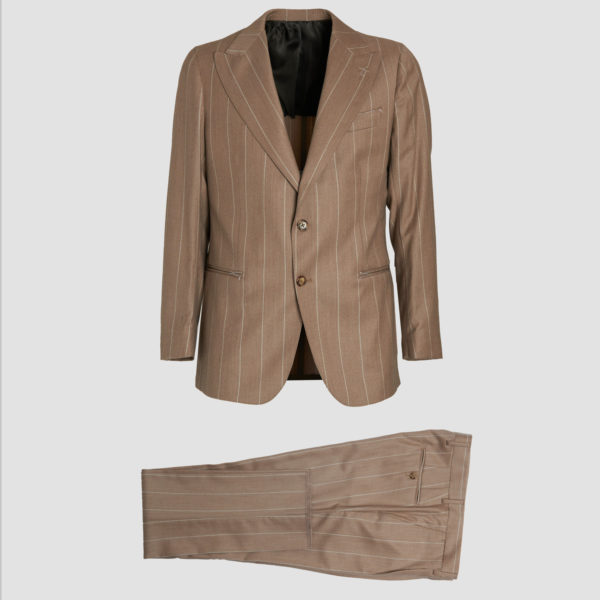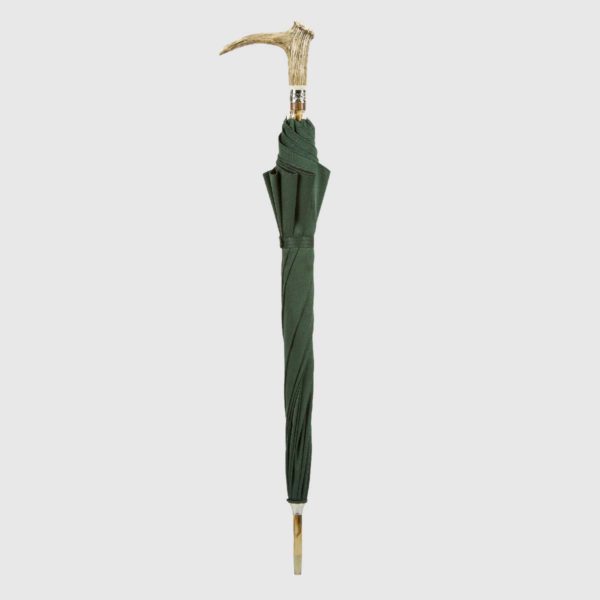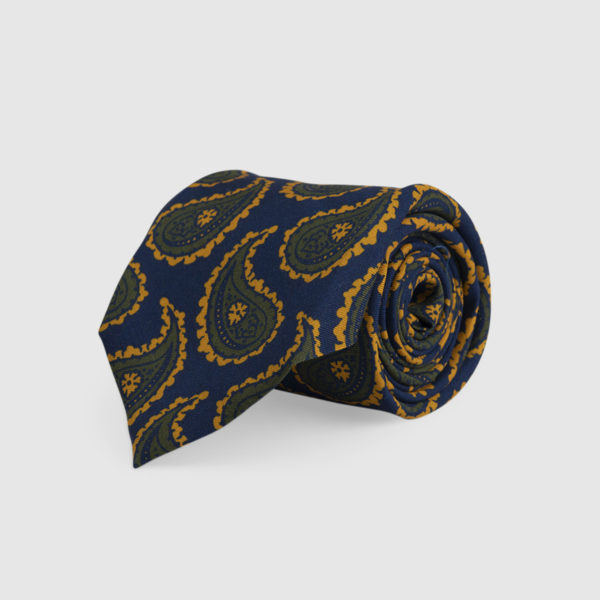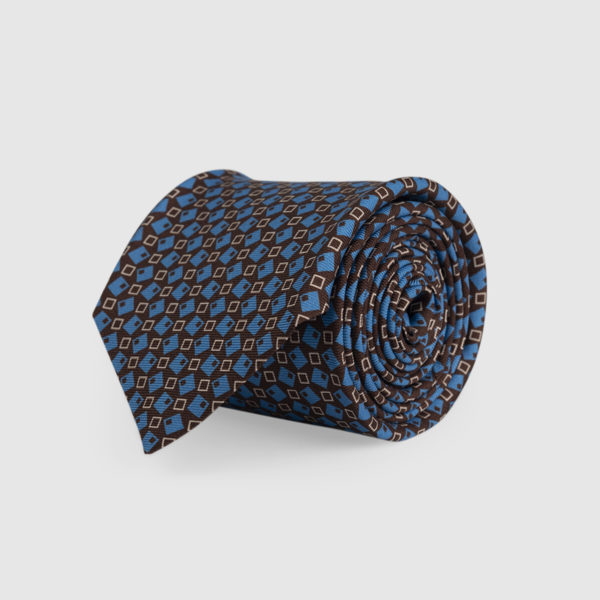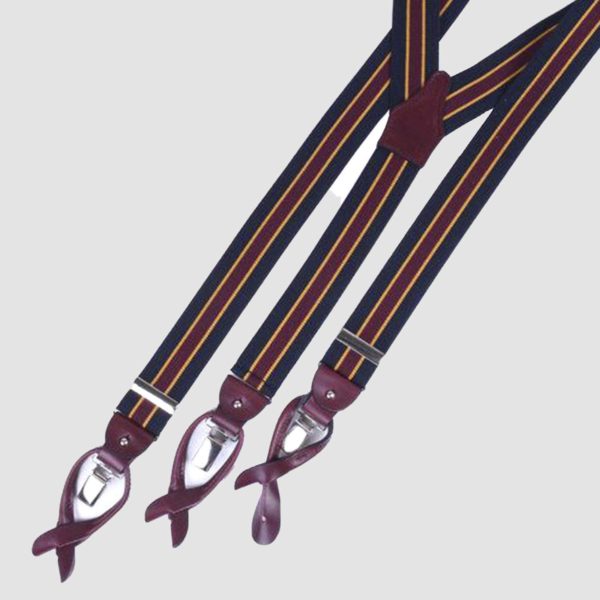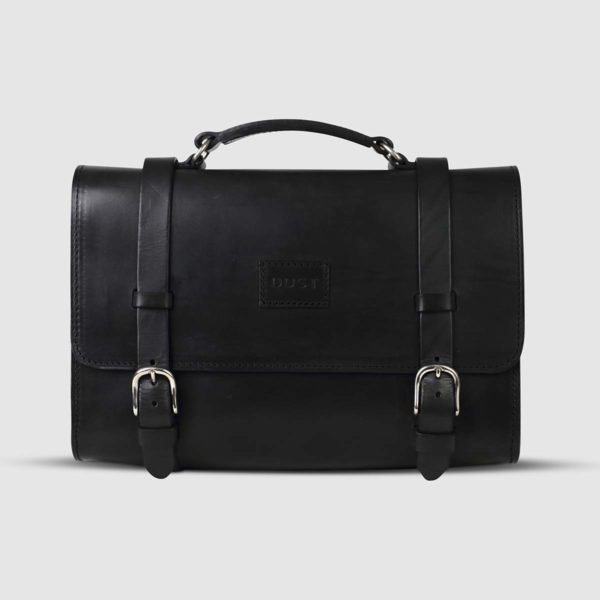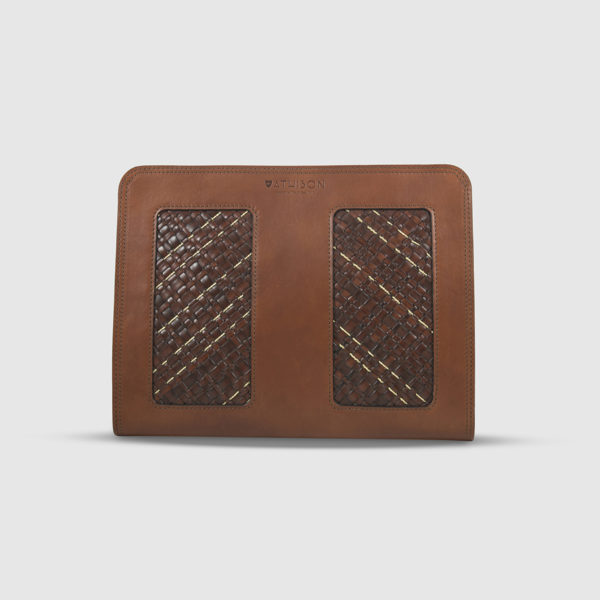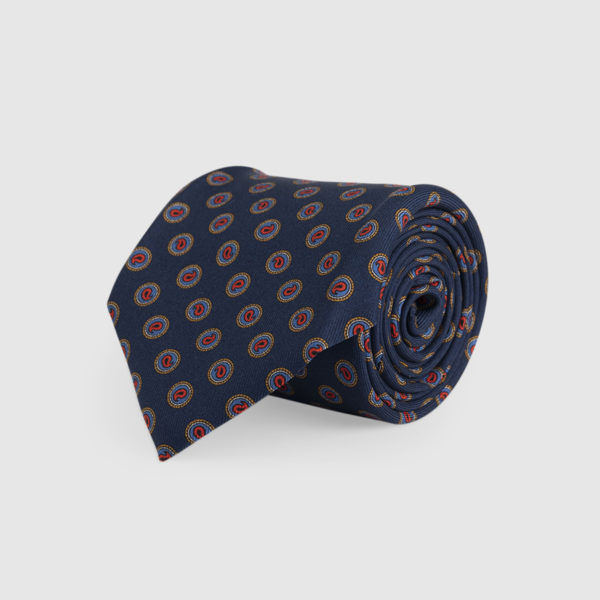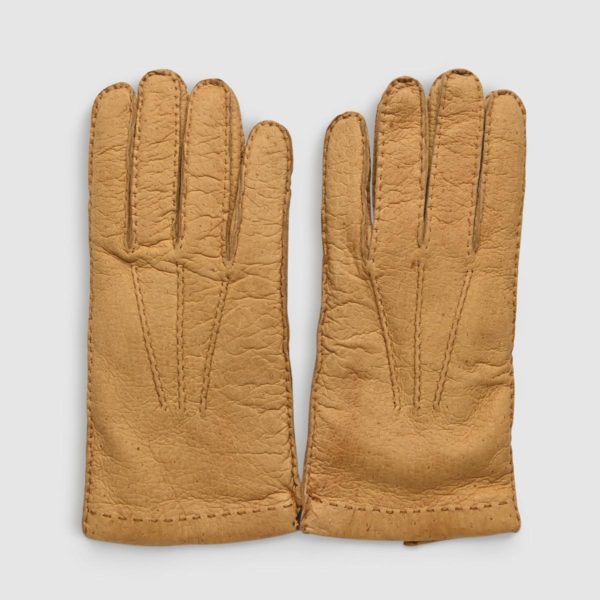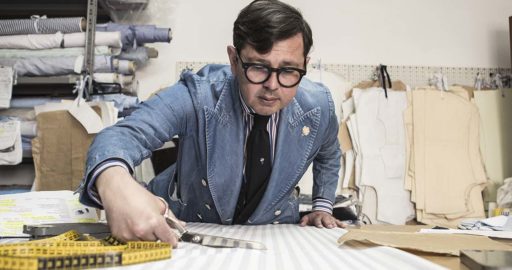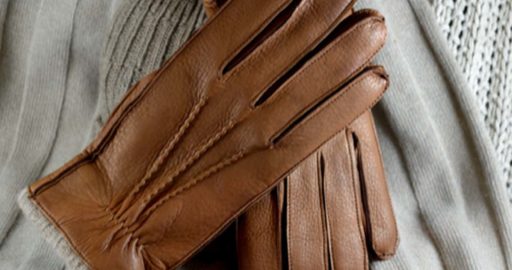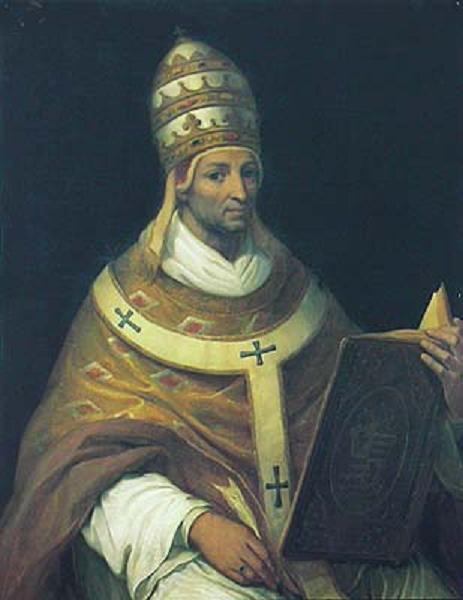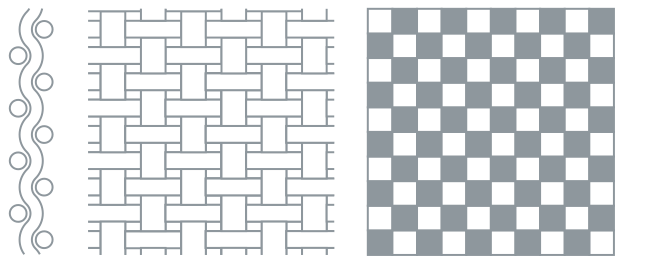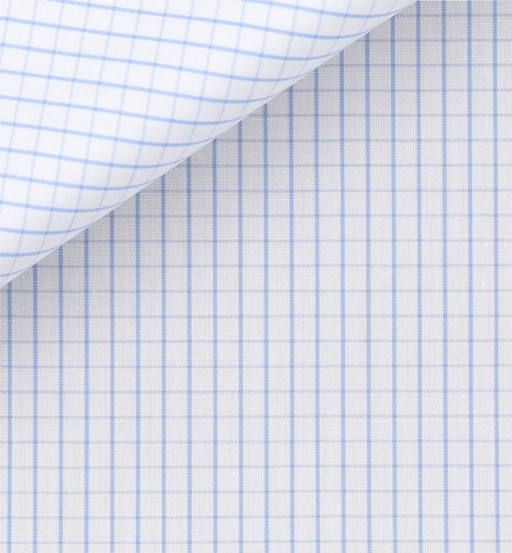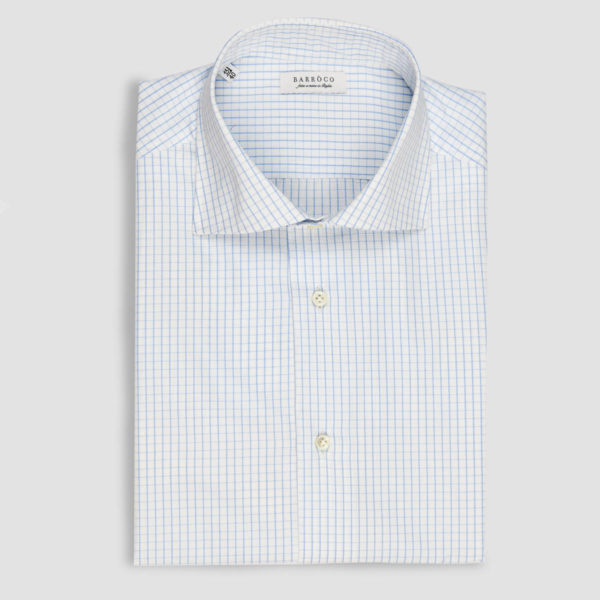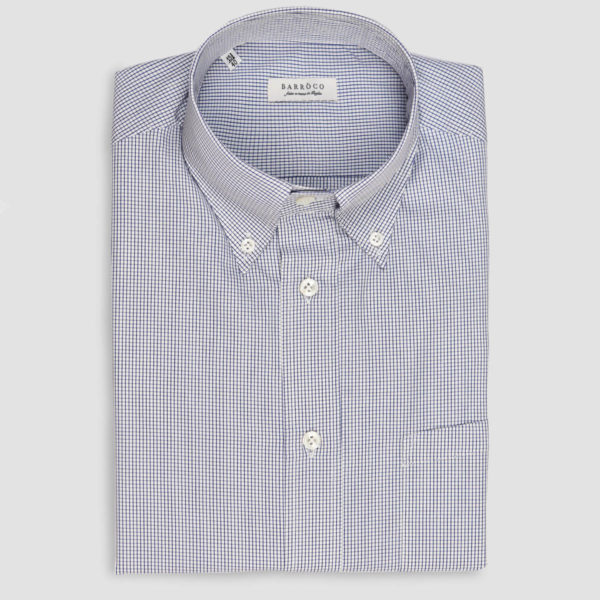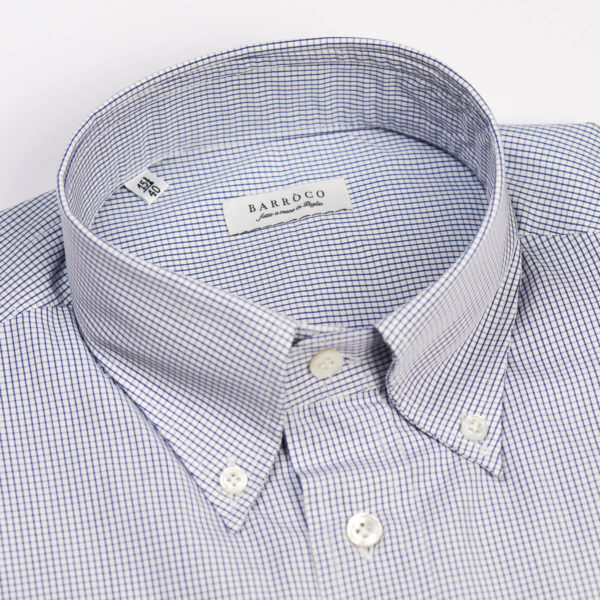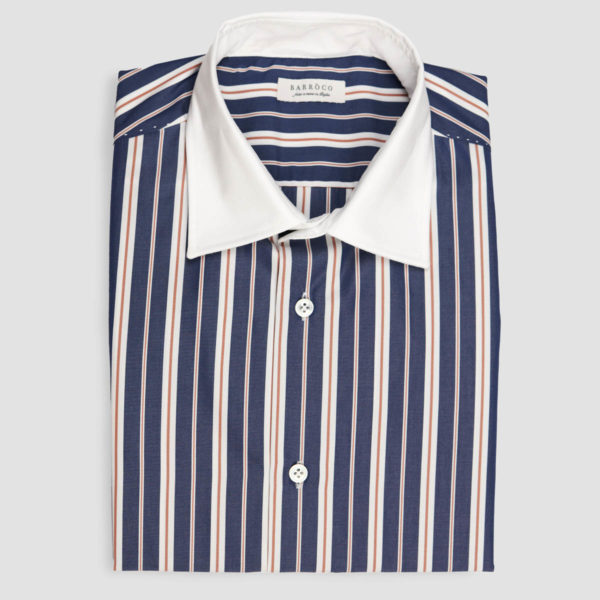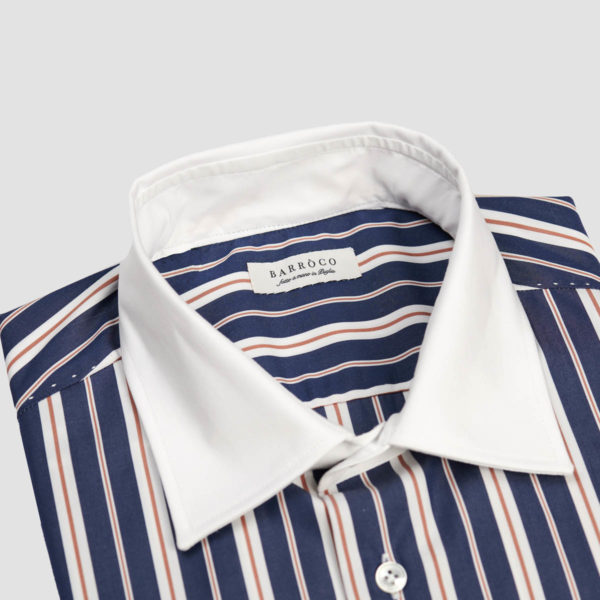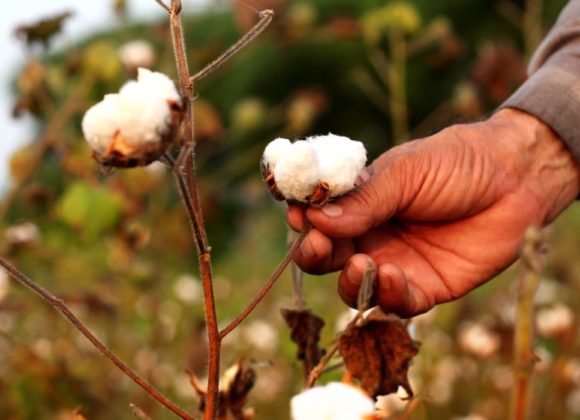Popeline fabric can be classified according to the number of threads per square inch (Threads/cmq). The number of threads per square inch indicates the fineness of the fabric and the number of threads used to create a given area of fabric. The higher the number of threads per square inch, the finer the fabric.
For example, a Popeline fabric with a thread count per square inch of 120/1 is considered a high quality fabric because it contains 120 weft threads and 120 warp threads per square inch. This gives the fabric greater fineness and luster than a Popeline fabric with a thread count per square inch of 80/1.
In general, the higher the number, the finer and smoother the fabric. A high number of threads per square inch is considered an indication of fabric quality; the more threads per inch, the higher the quality of the finished garment.
There are fabrics with a different number of weft threads than the number of warp threads. These fabrics are called irregular weft ratio fabrics.
Weft ratio refers to the ratio of the number of weft threads to the number of warp threads in a fabric. In a regular weft ratio fabric, the number of weft threads is equal to the number of warp threads, creating a regular, symmetrical weave.
In a fabric with an irregular weft ratio, the number of weft threads is different from the number of warp threads, creating an irregular and asymmetrical weave. For example, a fabric with a weft ratio of 2/1 has 2 weft threads for every warp thread.
These fabrics are designed to create unique textures and aesthetic effects. In general, fabrics with an irregular weft ratio can create more pronounced weft effects, greater dimensional stability, and greater strength than fabrics with a regular weft ratio. In addition, they can be used to create fabrics with interesting weft effects, such as fabrics with relief effects or fabrics with pleat effects.
Types of weave patterns: regular or irregular.
There are two types of fabrics: those with regular weave and those with irregular weave.
Regular weave fabrics are characterized by an equal number of warp and weft threads, creating a regular and symmetrical weave. These types of fabrics can be classified by the number of threads per square inch (Threads/sq cm), such as 120/1 or 100/1, indicating the density of the fabric and the fineness of the fabric. The higher the number of threads per square inch, the finer the fabric. This thread count per square inch is an important indicator for the quality of the fabric and its intended use, the higher the thread count the finer and lighter the fabric will be, therefore more suitable for formal or luxury garments.
Popeline fabric belongs to the category of irregular weave fabrics since it is characterized by a different number of weft threads than the number of warp threads, creating an irregular and asymmetrical weave. This type of fabric can be classified by the ratio of the number of weft threads to the number of warp threads, such as 120/1 in weft and 60/1 in warp.
 0
0



